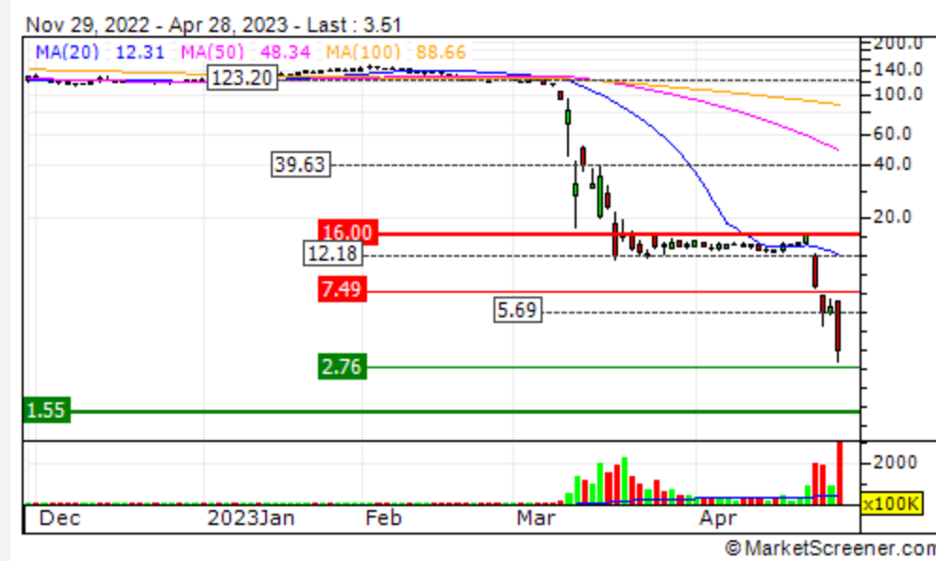(WHAT’S NEXT FOR BANK STOCKS AFTER THE FAILURE OF FIRST REPUBLIC)
MAY 3, 2023
Hello everyone,
It’s the latest theme in social investment circles. Are there cracks underneath regional banks or are they good bets in the future or is something bubbling we are not aware of?
The seizure and sale of First Republic Bank over the weekend closed the book on the most glaring problem left from the U.S. regional banking crisis, but now investors will turn to see if new stresses emerge and evaluate whether midsize banks can become good bets in the future.

First Republic’s failure was the third regional bank failure since early March, when Silicon Valley Bank and Signature Bank folded with days of each other. There seems to be cautious optimism on Wall Street that First Republic will be the last failure of this period.
Bank of America analyst, Ebrahim Poonawalla said that he believes the FRC sale should likely end forced sales of banks due to deposit flight. Although, there is no guarantee that other banks will not experience profitability challenges in the future.
First Republic’s final slide came after its first-quarter earnings report on April 24, which showed a 40% drop in deposits over the first three months of the year. Reports from other banks were not nearly as dire, with many reporting that deposits had stabilized and were growing again.
For example, PacWest Bancorp – which was seen as a potential area of stress after SVB’s collapse, and whose shares fell more than 10% Monday – said last week that it had brought in about $1.8 billion of deposits since March 20.
While the immediate crisis is over, the failure of First Republic could cause some more turbulence, at least in the short term, for both deposits and bank stocks.
The effect of SVB and other recent failures on the broader banking system is far from fully realized. The Federal Reserve report on the bank’s collapse hinted at regulatory changes that could make life tougher for midsize regionals for years to come.
KBW analyst David Konrad said yesterday that he believes banks with assets > $500B and <$60 are the clearest winners in the new world order, while there is likely to be a no-man’s land between $80 -120B, as banks in this range may need to shrink to avoid new regulations or more actively engage in M&A to increase scale and absorb regulatory costs.
Konrad went on to say that regulatory shifts could create a wave of asset sales and small deals as banks try to adjust to a new rule book.
Goldman Sachs analyst, Ryan Nash expects regional banks to likely respond by reducing capital returns, optimizing lending, and potentially disposing of assets to strengthen capital.
It is possible that commercial real estate concerns could be one area that causes bank stress, with Charlie Munger among the many investors warning the public about that sector.
Investors may want to sit on the sidelines until the coast is clear.
Happy Wednesday.
Enjoy the rest of the week.
Cheers,
Jacque




